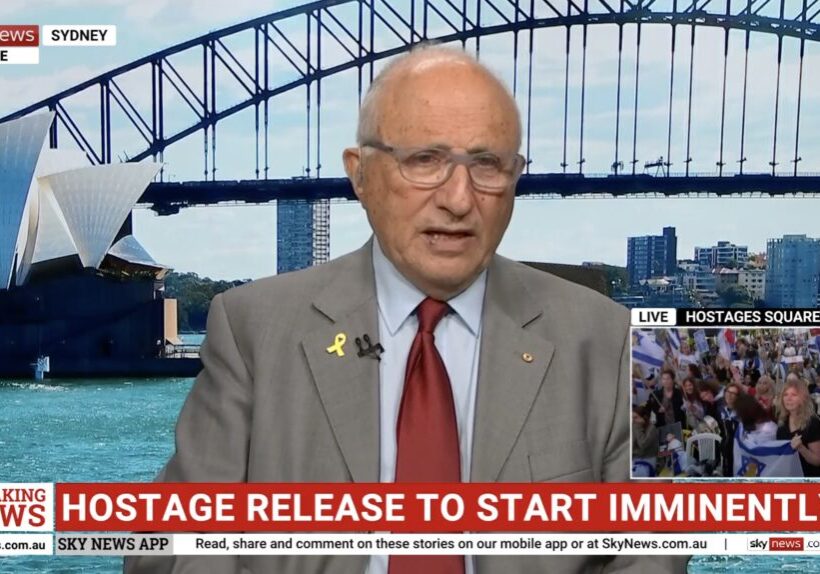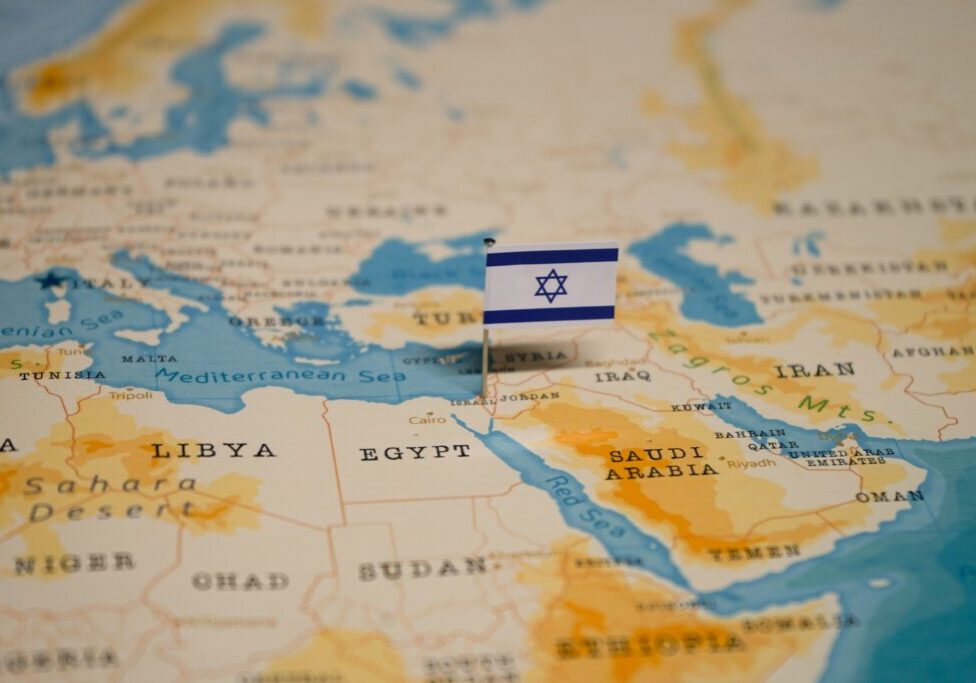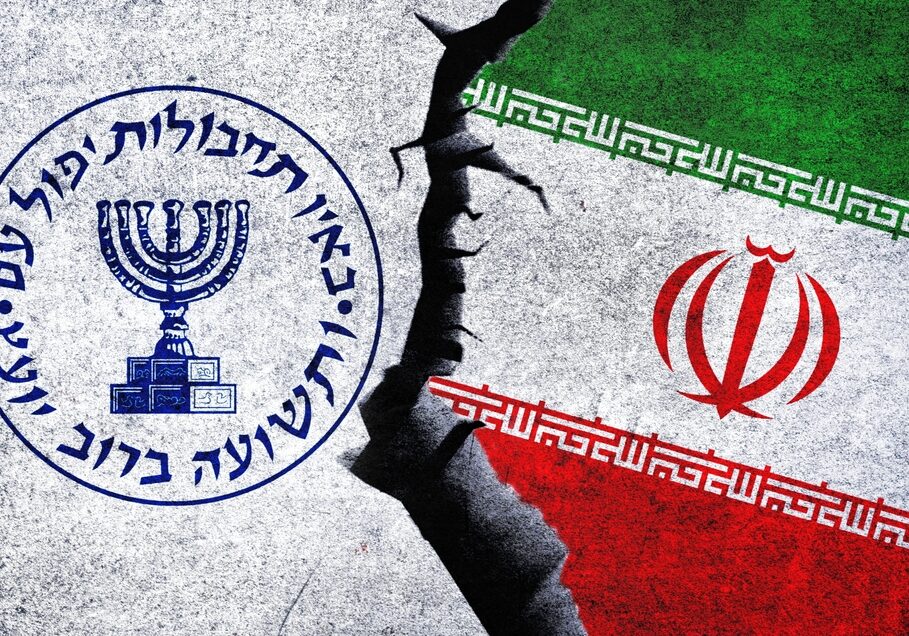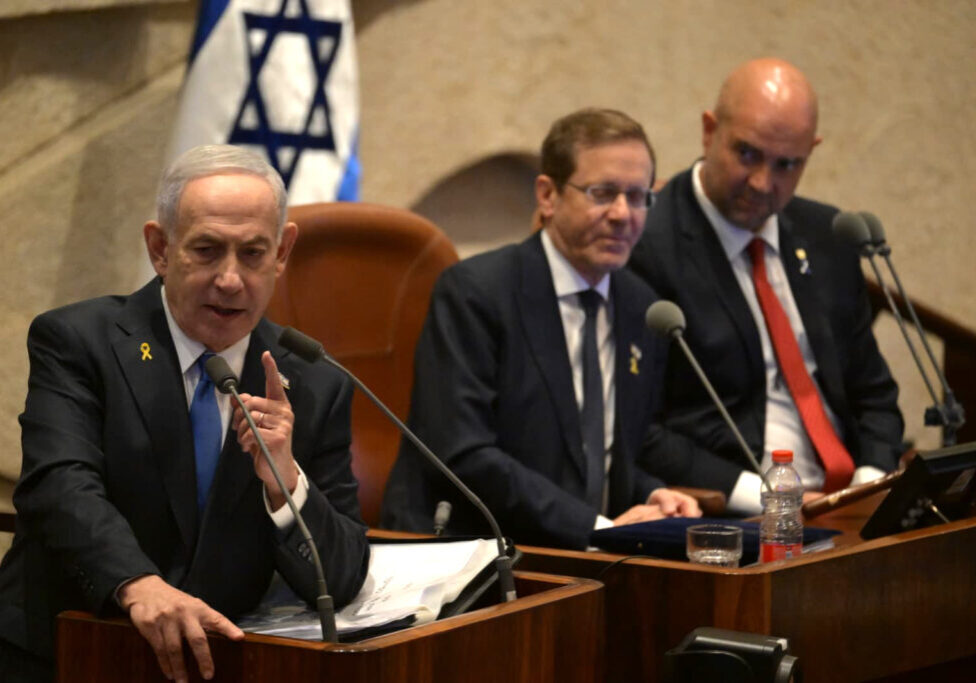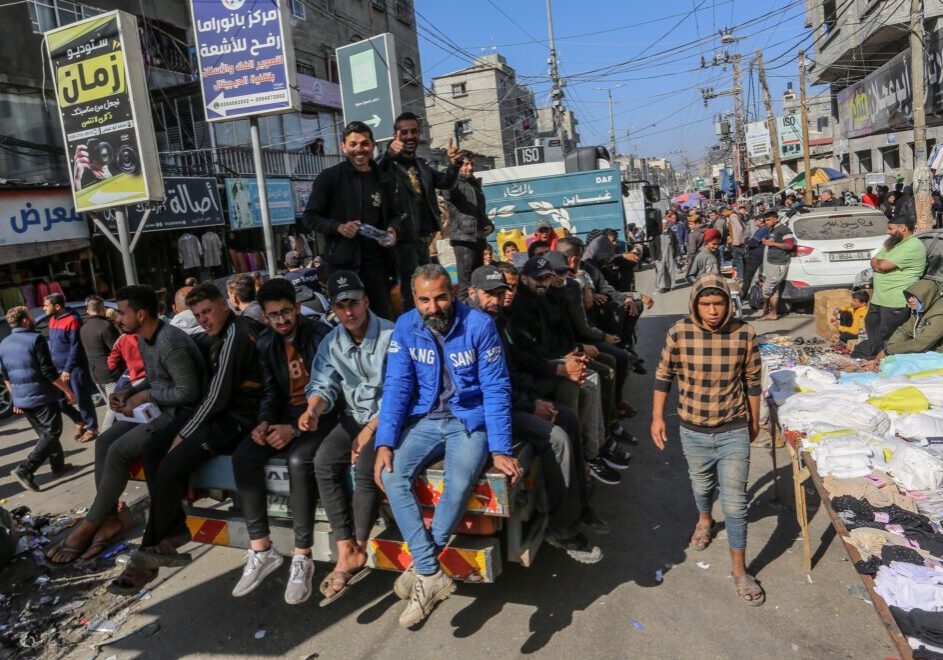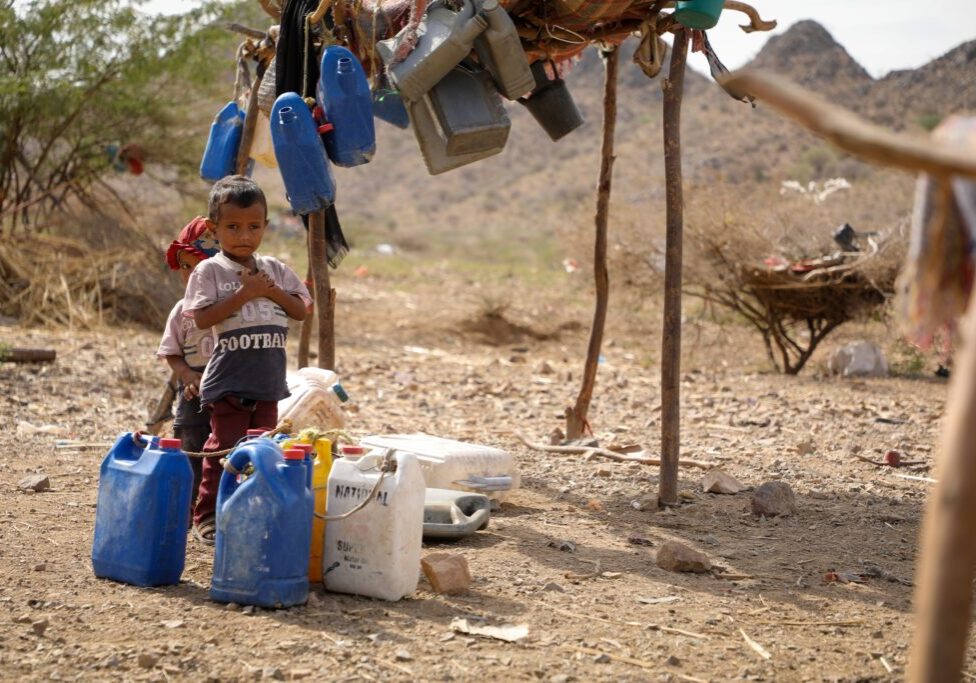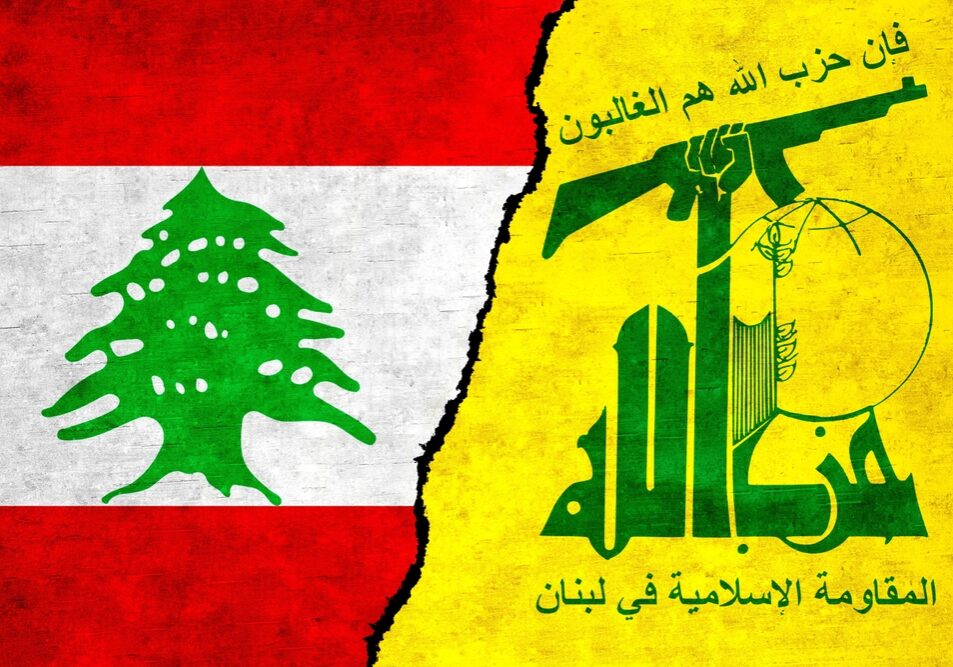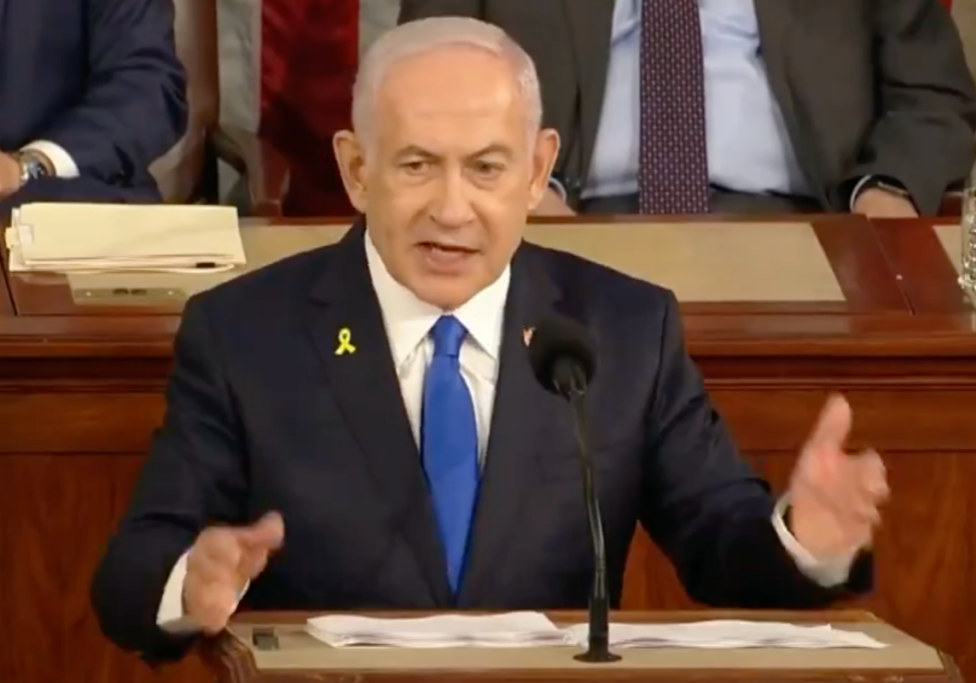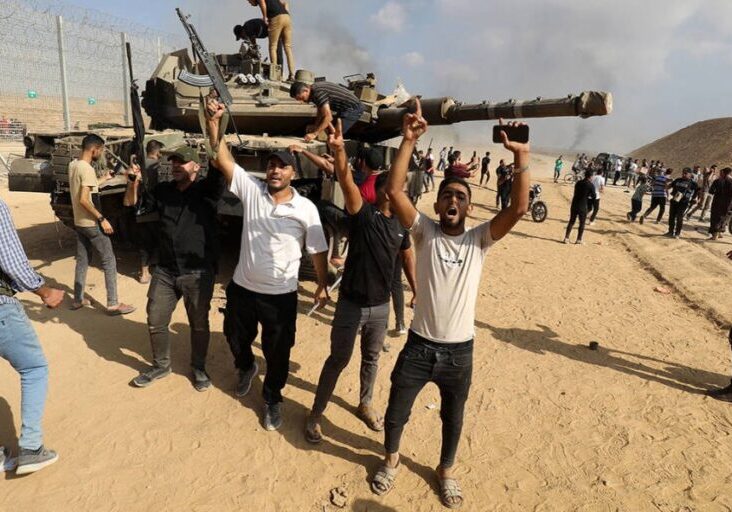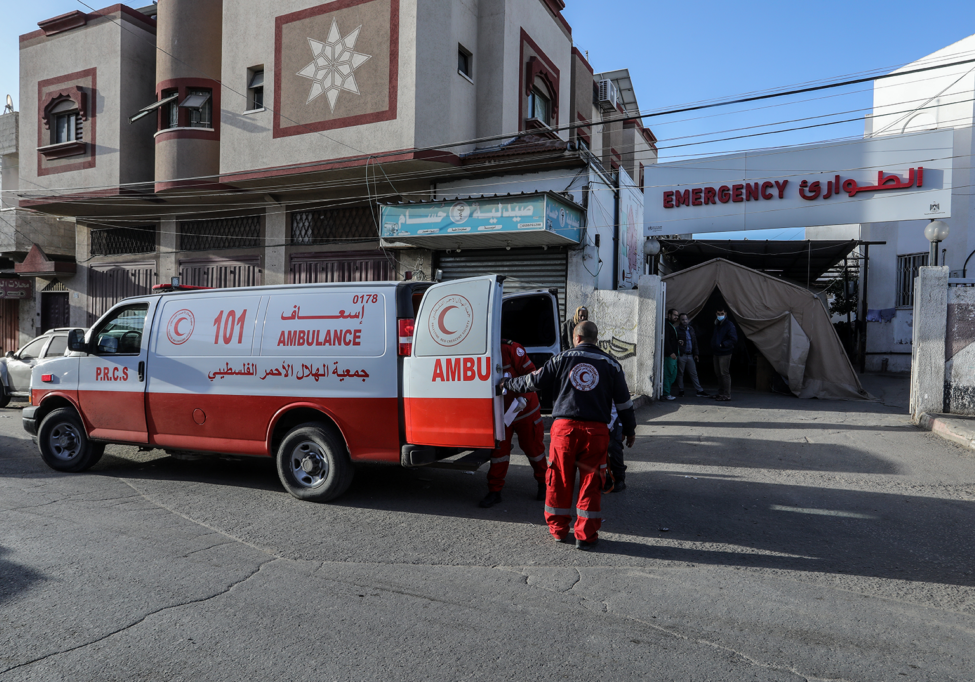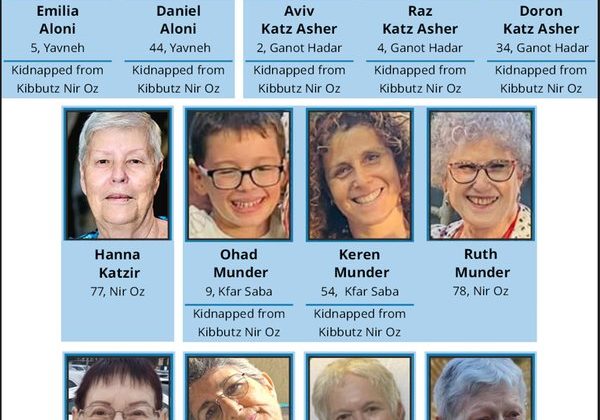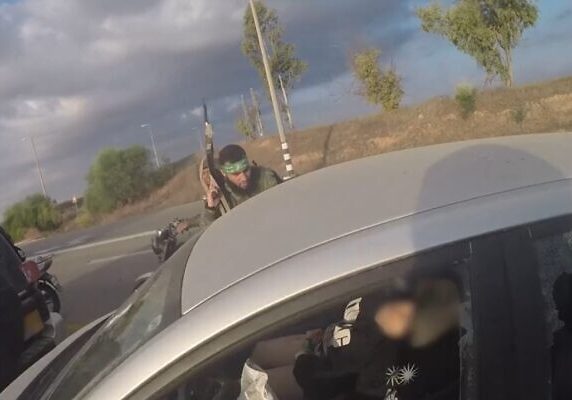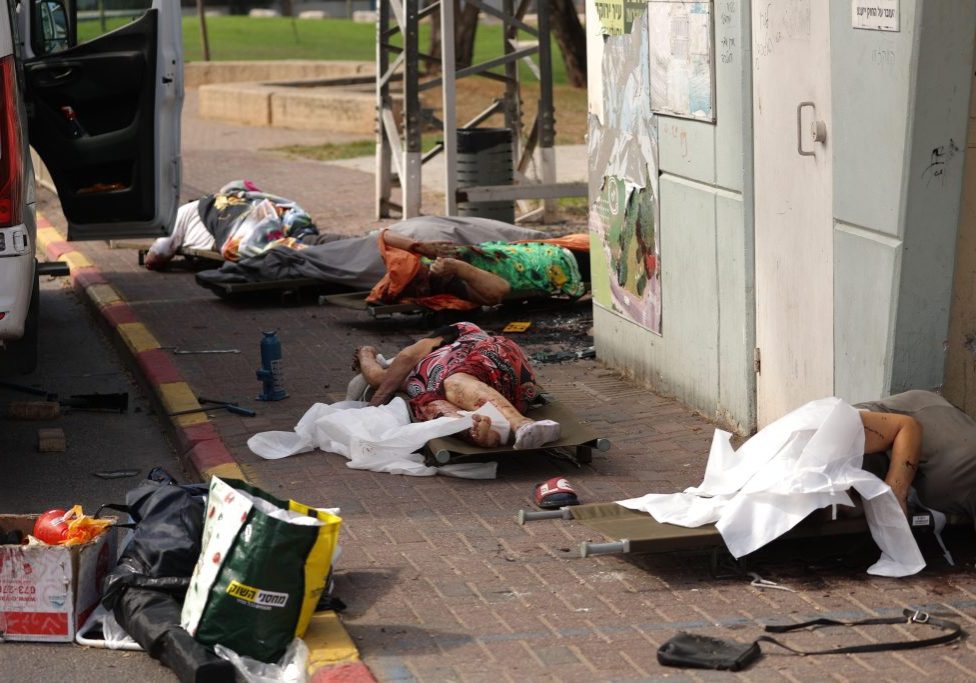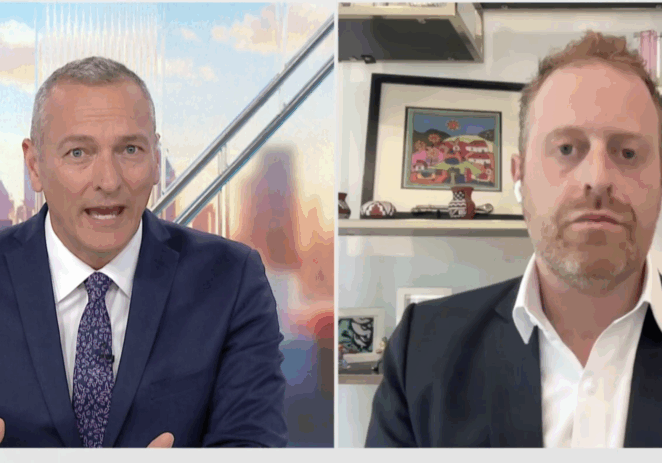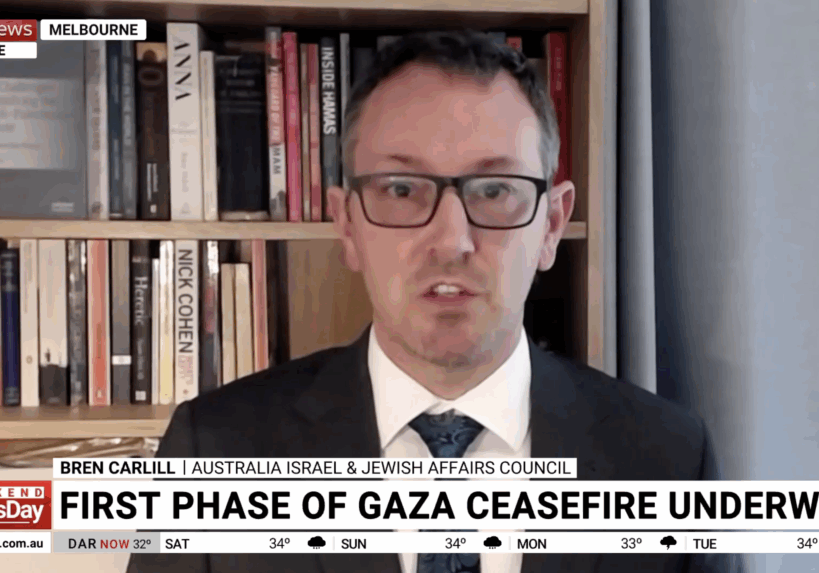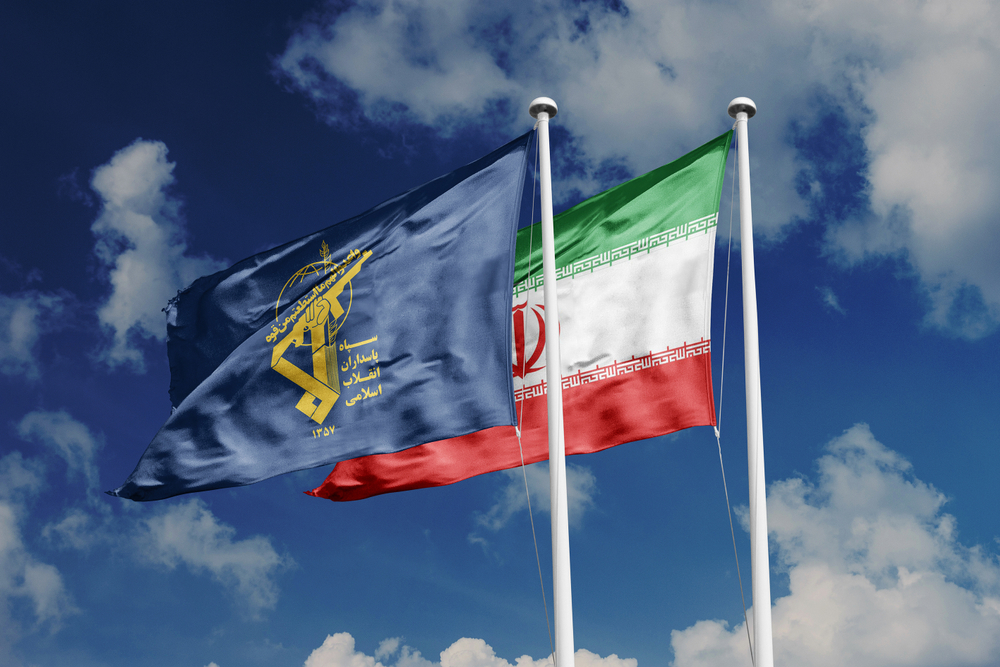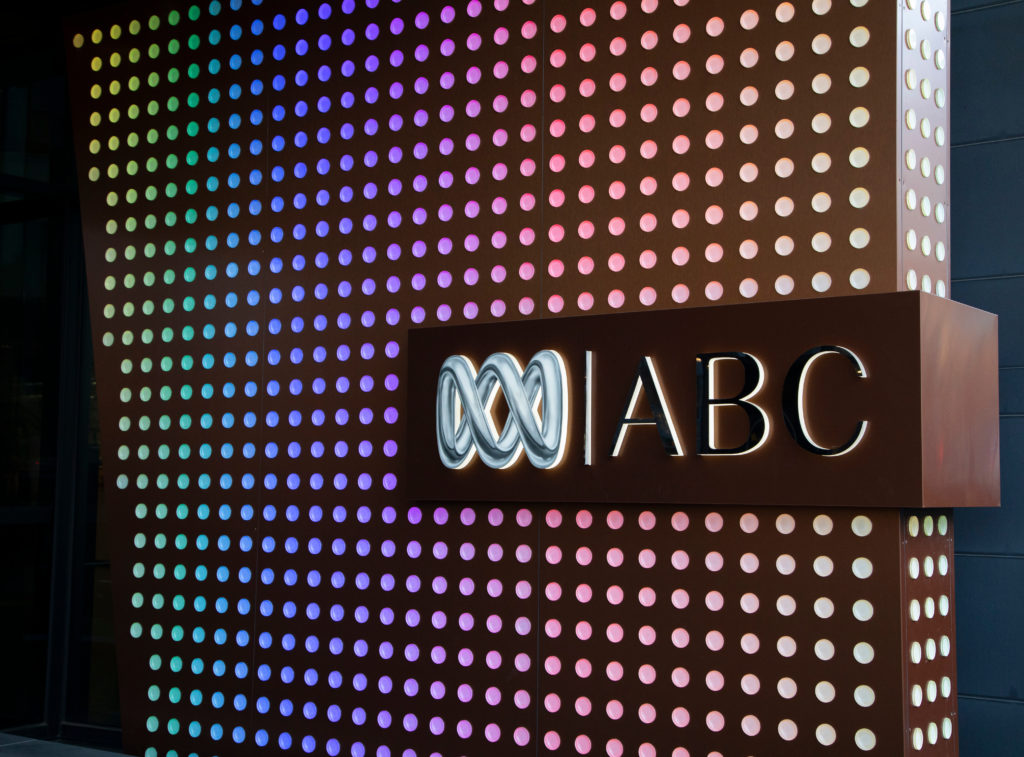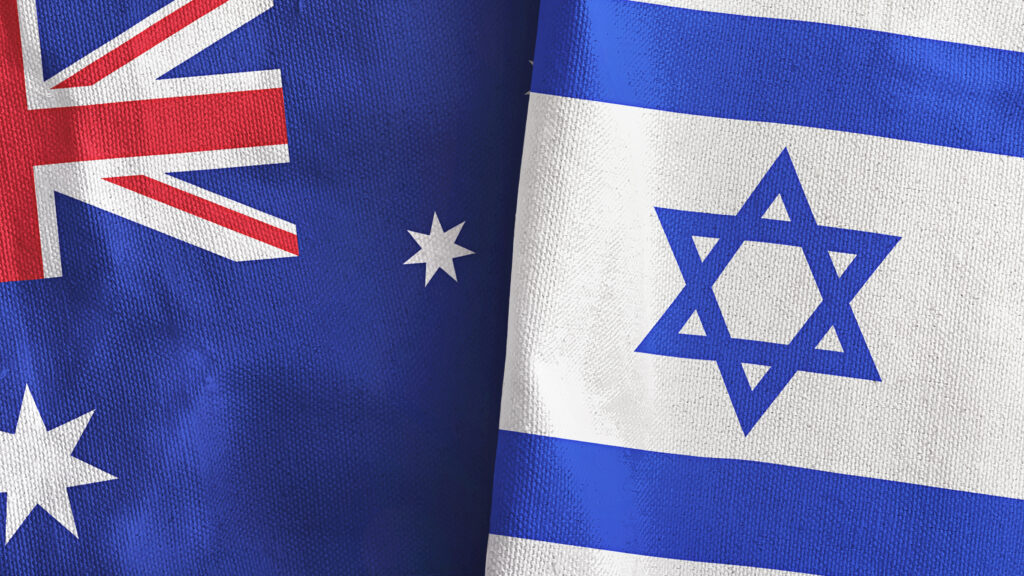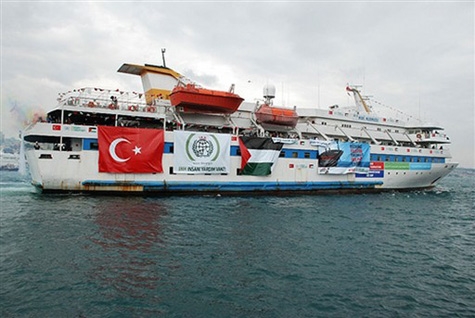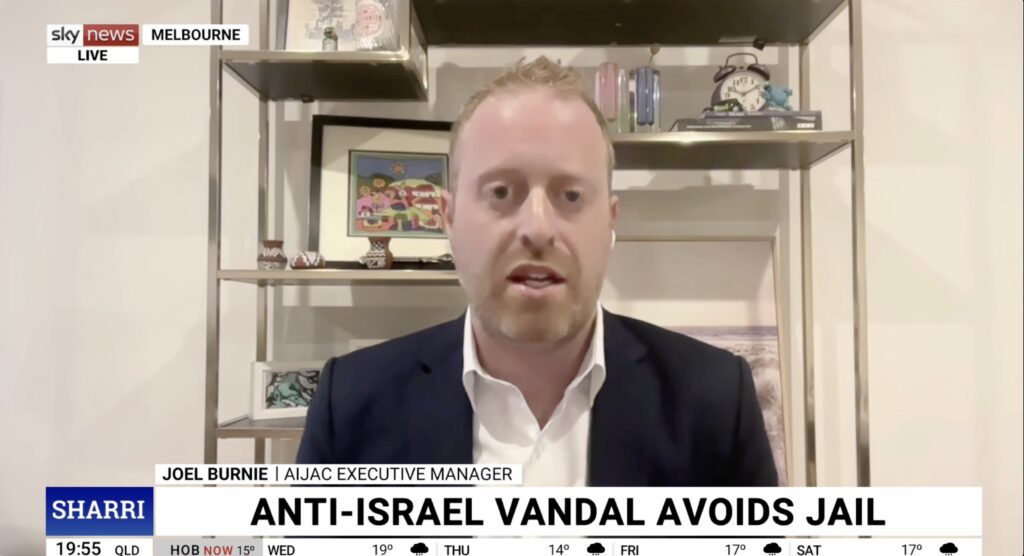FRESH AIR
Sept. 2023 IAEA report: Iran lies and edges even closer to nuclear weapons
September 12, 2023 | Ran Porat
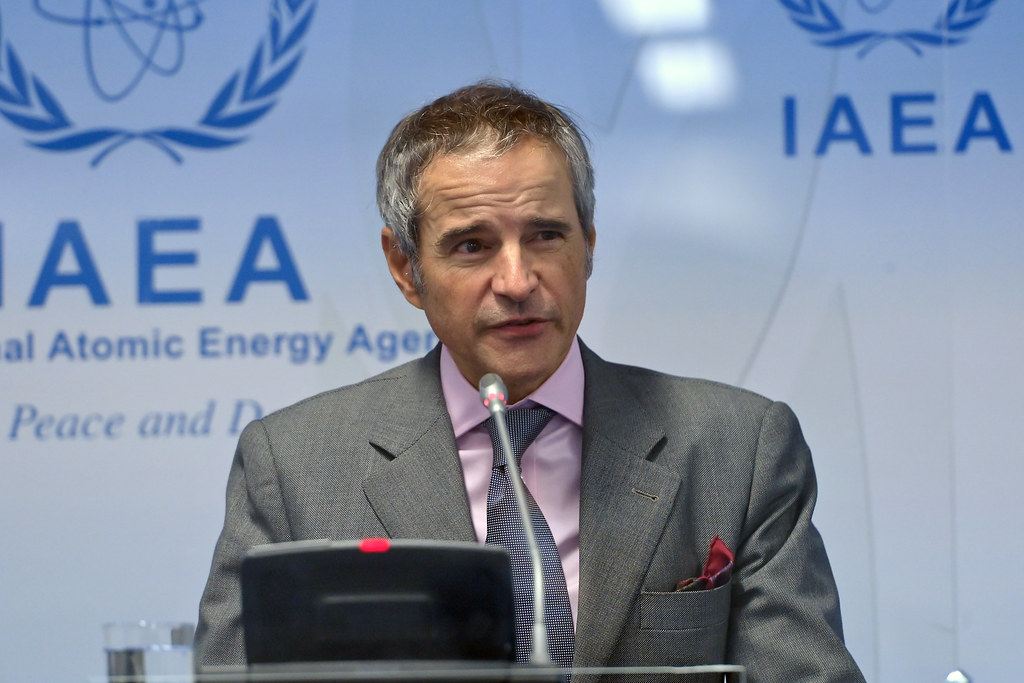
In the leadup to the International Atomic Energy Agency’s (IAEA) Board of Governors meeting in Vienna (which started on September 11), the periodical report by the UN nuclear watchdog about Iran’s nuclear program was leaked to the international media.
In the background is a prisoner swap deal reached in August (which has yet to be completed) between Iran and the US. Negotiations for this agreement may have also led to some alleged Iranian ‘concessions’ with regards to its atomic project, perhaps as part of a smaller package (‘less-for-less’) of steps to ease tensions between the West and Iran over its nuclear ambitions.
In line with these developments, the Agency’s September report lists some “positive” shifts in Iran’s nuclear behaviour since the previous report in May. For example, the IAEA notes that it has not detected “declared” (known) Iranian nuclear material that was “diverted” – a technical term for repurposed or manipulated – to forms relevant to a weapons program. Also, Iran did not produce more uranium metal, an essential ingredient for a nuclear warhead, on top of the 200 grams in its possession since 2021 (a nuclear warhead would require around 500 grams).
Yet a closer look at the IAEA report reveals that Iran has mostly made cosmetic and insignificant changes to its enrichment program. Moreover, while the main objective of keeping Teheran at arm’s length from nuclear weapons capabilities is still intact, its nuclear activity remains unsupervised and its lack of cooperation with the Agency investigation into suspicious sites continues.
Specifically, according to the IAEA report:
Iran’s enriched uranium stocks
- Enrichment rate of uranium to 60% purity has slowed down by about two-thirds. Yet the stockpile of the 60% highly enriched uranium (HEU) continued to grow – it’s now at 121.6 kg, which is 7.5 kg more than in May.
- Similarly, stocks of 5% low enriched uranium (LEU) increased by 610.7 kg, to 1950.9 kg.
- Total amount of enriched uranium to various levels reduced to 3,795.5 kg, about 949 kg less than in May.
- Iran ‘played around’ with small amounts of 60% HEU – actions which had no effect on its breakout time:
- 31 kg 60% HEU, along with 64.5 kg 20% LEU were transferredto the Fuel Plate Fabrication Plant at Esfahan. This site now holds more the 85% of Iran’s HEU and LEU stocks (100 kg of 60% , 454 kg of 20%), where it can be processed into weapons-grade uranium metal.
- 6.4 kg of 60% HEU were mixed with 5% enriched uranium to downgrade the compound to 22.2 kg of 20% enriched uranium.
Centrifuges
- The total number of centrifuges spinning in Iranian sites in August was around 13,300, which includes 6,100 advanced centrifuges (IR-2 and above). The reason for the slower increase in the number of new centrifuge cascades installed is unclear – it may be due to the slower production rate of centrifuge parts, because of manufacturing difficulties, or the hiding of parts from international oversight, awaiting future installation.
- Iran halted use of the centrifuges cascade in Fordow that was tampered with earlier this year. Back then, the Iranians modified the subheaders of the centrifuges to enable quicker changes in enrichment levels, and this is where the Agency detected uranium enriched to more than 83% in January. Yet, suspending the use of this cascade is meaningless, as Iran’s scientists have by now already obtained the necessary knowledge to operate cascades of such advanced centrifuges.
- Despite Iran publicly putting forth a plan to upgrade some of the earlier IR-1 and IR-2 generation centrifuges stationed in Fordow and increase the number of centrifuge cascades there from 12 to 16, these steps have yet to be taken. If and when these plans are implemented, Iran’s ability to enrich to higher purities at Fordow will improve even further.
- At Natanz, uranium was not fed into 12 out of 21 cascades of IR-2s centrifuges. At the same time, installation of a fifth cascade (out of 12) of advanced IR-4 centrifuges was completed. The result is again improved enrichment efficiency.
Civil uranium processing plants
- Despite repeated commitments to redesign the heavy water reactor in Arak (Khondab Heavy Water Research Reactor, KHRR), so it cannot produce plutonium (another fuel for nuclear weapons), Iran (again) has made no progress to this effect, and will not be able to open it by 2024 (as it promised initially).
- Similarly, no progress was detected in setting up an Enriched Uranium Powder Plant – a key facility used to convert LEU UF4to uranium oxide (UO2) powder, which is required for nuclear power reactor fuel.
Monitoring
- Teheran is still denying the IAEA access to the footage taken by its monitoring equipment since February 2021.
- Iran denied entry visas for IAEA inspectors and undermined the ability of Agency officials to conduct their work in other ways.
- The Agency’s report also warns that “for more than two and a half years Iran has not provided updated declarations and the Agency has not been able to conduct any complementary access under the Additional Protocol to any sites and locations in Iran.”
- While the reintroduction of some IAEA monitoring devices is a positive development, all in all the number and extent of operational Agency devices is only a drop in the ocean compared to what existed until two years ago, and what is needed for effective supervision. And at the same time, Iran continuously hampers installation of more IAEA equipment:
- At the beginning of September, Iran allowed the Agency to service one of its sensors installed at the centrifuge production facility in Esfahan in May. Other enrichment monitoring devices were installed at various Natanz sites, yet their adjustment and verification process are most likely being slowed down as this is still “being discussed” with Iran.
- Teheran rejected (Aug. 28) a direct request to position cameras at another centrifuge production site. This is in direct violation of its promise to IAEA chief, Rafael Grossi, in March to enable reinstallation of monitoring equipment.
Investigation of suspected activities
- Iran provided unconvincing explanations as to why nuclear materials have gone missing from the Esfahan Uranium Conversion Facility, which produces uranium in its UF4 gas form, so it can then be fed into the centrifuges for enrichment.
- Teheran promised in a meeting with the Agency on Aug. 28 to provide new details about containers transferred from the Turquzabad site (containers that were later dismantled elsewhere). It’s unclear if Iran eventually provided this information or if it was credible.
- Since June, there has been no progress in the investigation into the man-made uranium particles found at Varamin, another alleged undeclared nuclear site.
Conclusion
Attempts to present a positive spin on the Agency’s latest findings about Iran’s nuclear weapons program amount to nothing more than a smokescreen.
- Iran has increased its breakout capabilities – it has enough stockpiles of HEU to produce fissile material for one nuclear warhead within less than two weeks; and nine to ten such warhead cores in three to four months (as opposed to only eight in May).
- Detection of activities involved in Iranian efforts to weaponise uranium is harder than ever, with Teheran still effectively blocking monitoring.
- Iran’s increased stockpiles of HEU, along with the absence of effective supervision of the production and whereabouts of new centrifuges, led the experts at the Institute for Science and International Security (ISIS) to express concern that the possibility of “Iran’s installation of advanced centrifuges at an undeclared site increases… Such a scenario is becoming more worrisome and viable, since a relatively small number of advanced centrifuge cascades would suffice for the rapid enrichment of the 60 percent HEU to weapon-grade.”
- Iran remains almost a threshold nuclear state.
Dr Ran Porat is an AIJAC Research Associate. He is also a Research Associate at the Australian Centre for Jewish Civilisation at Monash University and a Research Fellow at the International Institute for Counter-Terrorism at the Reichman University in Herzliya.
RELATED ARTICLES
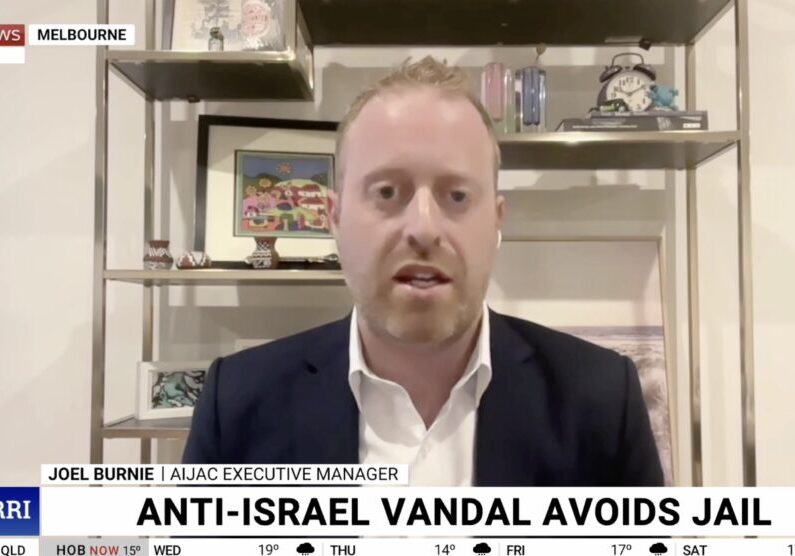
Sentencing for antisemitic vandalism “manifestly inadequate”: Joel Burnie on Sky News

“Bittersweet” aftermath of hostage release deal: Joel Burnie on Sky News
